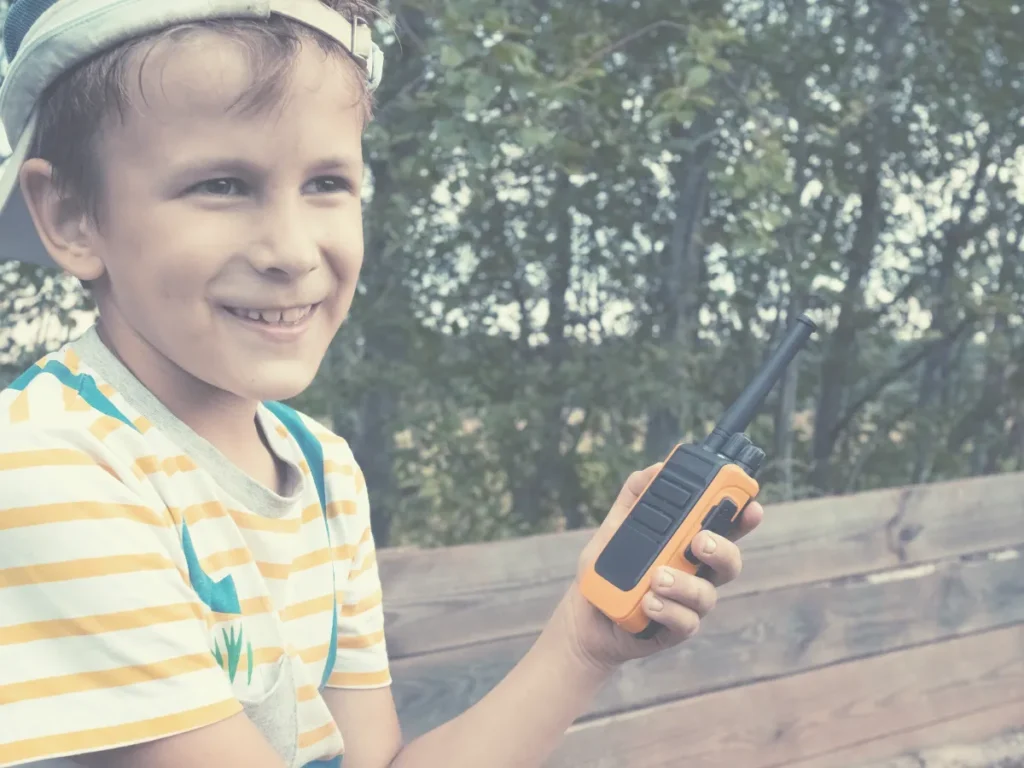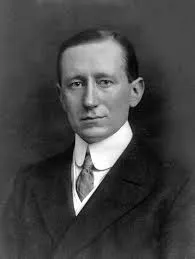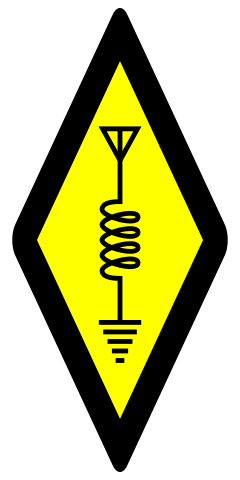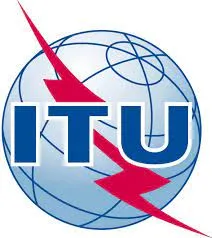- Ham Radio CANADA: A complete beginners guide 2025

Hello HAM Radio (CANADA) aspirants out there!! In this Article we have tried to cover All the basic information regarding HAM radio / Amateur radio which will be useful for all aspirants out there in the CANADA. The topics covered in this article are “At A Glance”.
In depth information about each topic will also be covered as separate blog posts in below mentioned categories as the time flows.
What is Ham Radio?
Ham radio, or amateur radio, is more than just a hobby – you can think of it as an original social network. Unlike commercial broadcasts, amateur radio is about:
- Self-training in radio technology
- Emergency communications when other systems fail
- International friendship through the airwaves
Why it is called Amateur Radio?
The term “Amateur” means someone who does something in their spare time or as a pastime.
This term was first used in France in 1875 to describe those who studied science and technology as an avocation, outside of academia and professional life.
Why it is called Ham Radio?
The term “HAM” was used first in professional wired telephonegraphy during the 19th century to refer to amateur operators who were unable or unwilling to send Morse code. The term “HAM” was still used after the invention and proliferation of amateur wireless telegraphy. Ham amateurs were, at the time, considered nuisances among professional radio operators both land-based and sea-based. Then in other fields, such as engineering and medicine, the term “ham” was used sparingly.
But as the time passed, Amateur radio operators began to use the term “HAM” as a badge of pride. By the middle of the 20th century, it had lost its negative connotations. So “HAM” It is not an acronym but it is frequently misunderstood as a backronym with “HAM” in capital letters.
A Brief History of Ham Radio
The origins of amateur radio can be traced back as far as the late 19th century. James Clerk Maxwell, an 1873 inventor of the electromagnetic field, presented his theory. Guglielmo Marconi transmitted radio signals across the Atlantic using a radio device with high power and large antennas in 1901. Congress passed the Radio Act of 1912 to reduce interference.
Brief History of Ham Radio In CANADA
Canada’s amateur radio legacy really took off when:
In 1923 First amateur transatlantic contact between Canada and Scotland the In 1946
The Canadian Amateur Radio Federation (now Radio Amateurs of Canada, RAC) forms in now till date in late 20s and early 21st century Ham radio becomes critical for remote Indigenous communities during climate emergencies.
Today, from VE1 in Nova Scotia to VE8 in the Northwest Territories, Canadian hams maintain a communications network as vast as our landscape.Meet “Marconi”: The first Amateur Radio Operator

In 1901, Guglielmo Marconi invented the Radio to get on the Air with transatlantic communication, and hence he may well be called the very first HAM or Amateur radio operator of the world. Before succeeding in the experiment, he adapted Rudolf Hertz’s theory that radio waves existed and built a communication system back in 1890.
International Amateur Radio Symbol

International symbol of Ham Radio/Amateur Radio The figure in the right is the Internationally recognized symbol of Amateur radio or HAM radio.
As you can observe, it depicts an antenna filter consisting of antenna end, a coil and grounding.
Regulations governing Ham Radio
International Ham Radio Regulations

International Telecommunication Union (ITU) is the most renowned United Nations agency for information and communications technology-related issues. The headquarters are at Geneva, Switzerland, the ITU has in its membership 193 Member States as well as hundreds of Sector Members and Associates.
ITU is responsible for Regulation of Amateur radio or HAM radio worldwide. The allocation of frequency spectrum and CALL SIGN blocks for HAM radio to All the countries is done by the ITU.
Ham Radio Regulations in CANADA
Ham Radio regulations in Canada are governed by ISED (Innovation, Science and Economic Development) which is government’s department.
ISED is responsible for managing Canada’s radio frequency spectrum and issuing radio licenses, including those for amateur radio operations. The Radiocommunication Act and the Radiocommunication Regulations provide the legislative framework for amateur radio in Canada.
Types of Ham Radio Communications
Amateur radio operators or HAMs do two way communications through transceivers they’re equipped with. There are two types of communications that HAMs do.
- Voice communication also called Telephony
- Morse Code communication also called Telegraphy
Voice Communication or Radio Telephony
Voice communication is among the most well-known formats for radio amateur communication. It’s easy and extremely enjoyable talking to others and having direct personal contact through amateur radio.
Several options are available these days to make voice communication through Telephony listed below:
- Amplitude Modulation (AM)
- Frequency Modulation (FM)
- Single Sideband (SSB)
- Digital Voice Modes
MORSE CODE or Radio Telegraphy
Radio Telegraphy is a mode of Radio communication in which written, text or coded information is passed through Morse Code or digital modes.

This Morse key was originally used by Gotthard railway (Source: wikipedia.org) Morse code is a form of communication that uses Morse code can be described as a type of code which uses a sequence of dots and dashes that symbolize the various letter of alphabets, numerals or procedural symbols. It is possible to communicate messages using Morse code by turning a light on and off in the proper manner to show those dots and dies.
With the advent of new technologies The Morse code is being replaced by technological advancement in many aspects in radio communications. However, the Morse code is still heard when listening to HF radio bands, and it is still widely in usage in the amateur radio and Ham radio circles. It is still in use commercially in various locations, but it’s not widely utilized.
Types of Ham Radio Licenses in CANADA
Canada’s licensing tiers through Innovation, Science and Economic Development (ISED).
The Amateur or Ham Radio License in Canada can be classified in 03 categories:
- Basic Qualification
- Basic with honors
- Advanced Classification
Let’s know a little basic about all of them.
1. Basic Qualification
It is an entry level license and will give you following privileges:
- Entry-level license
- Requires passing a 100-question exam on regulations and operating practices
- Grants access to VHF/UHF bands (e.g., 2m, 70cm) and limited HF privileges
- Power limit: 250 watts
2. Basic with Honours Qualification
Well !! Basic with honors comes with a little tweak!! When you qualify the “Basic Qualification” license exam with ≥80% ; it will earn you “Honors” status and it will grant you access to Full HF Band (without Morse Code).
(Rest of the privileges are same as the Basic Qualification license)
3. Advanced Qualification
As the name suggests; it is top level of the Ham Radio licensing. Qualifying the Advance Qualification license exam will earn you following privileges:
- Grants full HF access (all amateur bands below 30 MHz)
- Higher power limit: 1,000 watts
- You can participate in international contests with it.
Ham Radio Frequency Bands in CANADA
When you obtain a Ham radio operator’s license; you’re awarded with radio frequency privileges as well as restrictions. One must operate within the limits of the Ham Radio Privileges assigned to the respective license class.
The Frequencies and Bands reserved for Ham Radio (Amateur Radio) operators is governed by the ISED and current allocations are listed in the table below.
Band Frequency Range Operating Modes Specifics 160m 1.800–2.000 MHz CW, SSB, Digital Nighttime use only 80m 3.500–4.000 MHz CW, SSB, Digital Basic: 3.700–4.000 MHz (Honours/Advanced: full band) 60m 5.330–5.405 MHz USB, CW, Digital 5 channelized frequencies (max 100W ERP) 40m 7.000–7.300 MHz CW, SSB, Digital Basic: 7.050–7.300 MHz 30m 10.100–10.150 MHz CW, Digital only No voice allowed 20m 14.000–14.350 MHz CW, SSB, Digital Best for daytime DX 17m 18.068–18.168 MHz CW, SSB, Digital Seasonal propagation 15m 21.000–21.450 MHz CW, SSB, Digital Basic: 21.100–21.450 MHz 12m 24.890–24.990 MHz CW, SSB, Digital Sporadic E-layer use 10m 28.000–29.700 MHz CW, SSB, FM, Digital FM allowed above 29.500 MHz 6m 50.000–54.000 MHz All modes Includes FM repeaters (51–54 MHz) 2m 144.000–148.000 MHz All modes FM repeaters common (146–148 MHz) 1.25m 222.000–225.000 MHz All modes Limited availability (mostly urban) 70cm 420.000–450.000 MHz All modes Satellite segment (435–438 MHz) 23cm 1.240–1.300 GHz All modes Weak-signal, experimental use
How to become a Ham Radio Operator in CANADA
As already stated in the earlier part of this article, there are several license classes in CANADA like Basic, Basic with Honors and Advanced.
Though each topic is covered in detail in this blog, Here is a quick at a glance roadmap to obtain your License:
Connect with local Hams
Find local Hams or clubs and make a social circle which can help you kick start your journey.
Even if you are a Non-technical guy!! You can always find a local mentor to get through the topics and plan preparation ahead.
Take free or paid classes
You can always find free and paid classes for the same and start preparing.
Take practice exams
You can take free practice exams at the RAC website
Once you are fully confident; give it a shot in the real exam.
Preparing your Ham Radio Ham Shack in CANADA
Your Ham Shack
You don’t need a fancy room to get started in ham radio—even a small desk or quiet corner can become your personal “ham shack” (the cozy nickname for a radio operator’s workspace). Whether it’s a fold-out table in your basement or a dedicated nook in your home office, here’s what you’ll want to consider when setting up:

- Space: A compact area with enough room for your radio, accessories, and a notebook.
- Power: Easy access to outlets (and maybe a backup battery).
- Comfort: A chair you can sit in for long rag chew sessions!
Think of it like building a mini command center—it’s where the magic happens.
Check list for your Ham Shack
Before investing in equipment, take time to evaluate your station’s basic needs. A little planning upfront will ensure your setup is functional, comfortable, and optimized for those long operating sessions. Here are key factors to examine in detail:
- Power Supply: Verify your electrical circuits can handle the load
- Antenna Placement: Plan feed lines and outdoor access
- Climate Control: Maintain stable temperatures for sensitive gear
- Safety Precautions: Implement grounding and surge protection
- Work Area Lighting: Ensure proper visibility for night operations
- Support Equipment: Account for accessories like tuners and interfaces
Thoughtful station design transforms your shack from a simple workspace into an efficient operating center. When you create an environment tailored to both your equipment and comfort, you’ll find yourself spending more enjoyable hours on the air and getting greater satisfaction from the hobby.
Buying Ham Radio Equipment
Building your ideal radio station requires careful equipment selection that matches both your license privileges and operating goals. The good news? With smart planning, you can assemble a capable setup without exceeding your budget or available space.
The gear you’ll need depends largely on:
- Your license class (Basic vs. Advanced)
- Your preferred operating style (home station, portable ops, Mobile radio etc.)
- The frequency bands you plan to use
Core Equipment Categories:
1.HF Transceivers
For operators interested in long-distance communications, HF radios covering 1.8-30 MHz form the backbone of many stations. Modern transceivers offer impressive capabilities in compact packages, with options ranging from full-featured base stations to portable QRP (low-power) units perfect for field operations.2. VHF/UHF Equipment
Local communications typically rely on VHF (2m) and UHF (70cm) gear. Handheld radios provide excellent portability, while mobile units offer increased power for base station use. Many Canadian hams start with dual-band models that cover both popular ranges.3. Support Equipment
A complete station requires more than just a radio:- Power supplies and backup batteries
- Antenna tuners and SWR meters
- Quality headphones and microphones
- Station organization solutions
- Ham Shack Backpack for Emergency readiness
Building Your Station
Many operators enjoy mixing commercial equipment with homemade gear, especially in the QRP community where low-power operation encourages creative solutions. Whether you purchase ready-made equipment or assemble kits, focus on building a station that fits your space, budget, and operating aspirations.
Remember – your station can grow with your skills. Many hams start modestly and expand their capabilities over time as they explore different aspects of the hobby.
Learning Ham Radio Communication standards
Now if you are ready with your station; Before making your first on-air contact, let’s review the essential communication protocols that every Canadian ham should know. These standards ensure clear, efficient, and enjoyable conversations across the airwaves.
Understanding Call Signs
Your call sign is your radio identity, assigned by ISED when you earn your license. Canadian call signs follow the format:
- VE1: Atlantic Canada
- VE3: Ontario
- VE7: British Columbia
- etc.
These prefixes instantly tell other operators your location. Always announce your full call sign at the beginning and end of conversations, and every 30 minutes during extended chats.
Q-Codes: The Ham Radio Shortcut
Developed for Morse code but now used in all communications, Q-codes are three-letter abbreviations that save time:
Q-Code Question Meaning Answer Meaning QTH? “What’s your location?” “My location is…” QSL? “Can you confirm receipt?” “I confirm receipt” QRZ? “Who is calling me?” – While not mandatory, these codes are widely used, especially in HF communications. Full set of Q-codes is discussed in separate post in this blog.
Signal Reporting with RST
The RST system helps operators describe signal quality:
- Readability (R): 1 (unreadable) to 5 (perfect)
- Strength (S): 1 (faint) to 9 (very strong)
- Tone (T): 1-9 for Morse code quality (voice operators omit this)
Example: A clear FM contact might be reported as “59” (readability 5, strength 9).
The Phonetic Alphabet
When spelling call signs or important words, use the standard phonetic alphabet to avoid confusion between similar-sounding letters:
Letter Word Letter Word A Alpha N November B Bravo O Oscar C Charlie P Papa … … … … Instead of “VE3 ABC,” say “Victor Echo Three Alpha Bravo Charlie.” This is crucial during poor reception.
Full set of Phonetic Alphabets is discussed in a separate Blog Post
Logkeeping: Your Radio Diary
As per ISED requirement; It is mandatory for all amateurs to maintain a log of all contacts made with:
- Date/time
- Call signs
- Frequency/mode
- Signal reports
Many Canadian hams use:
- Paper logbooks (available from Radio Amateurs of Canada)
- Digital tools like CloudLog or LoTW (Logbook of The World)
The Joy of QSL Cards
These postcard-sized confirmations are a beloved tradition. While electronic confirmations are common, many hams still exchange physical cards featuring. Although it’s a very old tradition; it is still in practice as a hobby for collection of QSL cards.
- Station photos
- Local landmarks
- Creative designs
Conclusion: Go on Air and make that first call
Now that you’ve mastered the essentials, you’re ready to make your first on-air transmission as a licensed amateur radio operator! This exciting moment marks your official entry into Canada’s ham radio community.
Keep in mind that every experienced operator was once a beginner too. Your initial attempts might involve:
- Hearing only static when you first power on
- Struggling to properly tune your antenna system
- Calling out without immediate responses
These challenges are completely normal. With patience and practice, you’ll gradually develop your skills. Don’t hesitate to:
- Ask for guidance from local club members
- Experiment with different times/frequencies
- Persist through the learning curve
The Canadian ham community is famously supportive – veteran operators will happily help you troubleshoot and improve. Before long, you’ll be making clear contacts and enjoying rewarding conversations across the airwaves.
Back to Main category “Ham Radio Canada“
Info hub for Amateur Radio CANADA
